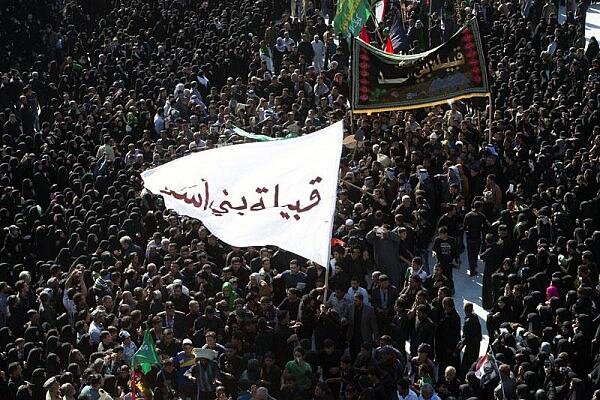Women Forgive Dowries to Bury Karbala Martyrs’ Bodies + Video

Mehr News Agency, International Desk: In 680 AD, three days after the martyrdom of Imam Hussein (peace be upon him) and his companions, the women of the Bani Asad tribe passed through the desert of Karbala. they came across the severed and headless bodies of the martyrs. Deeply moved, they wept and cried out “Labbaik Ya Hussein” as they mourned over the fallen.
On the night of Muharram 13th, these women returned to their village. To gain their husbands’ approval for what lay ahead, they relinquished their dowries. Than armed with shovels and pickaxes, alongside women from the neighboring Ghazariyah tribe who had set up tents near Karbala, they proceeded to bury the martyrs’ fragmented bodies at Qatlahgah – one of the battle sites.
Burying such dismembered remains was no easy task. The rural women brought buriyah mats-woven reed coverings traditionally used as burial shrouds-to collect and inter each piece properly.The sacred Ziyarat Nahiyah also mentions: ”Peace be upon those whom villagers buried.”
After 1,386 years have passed as that day, these pioneering Bani Asad women commemorate this act annually on Muharram 13th with a symbolic ceremony held at Imam husseins shrine (peace be upon him). Carrying woven baskets reminiscent of buriyah mats that symbolize burial cloths for martyrs, grieving women draped in shawls stained with soil and blood lead a procession during mourning rituals. Their banners read: “Forever O Zahra! We will never forget your Hussein; O zahra! We will never forget your son.”
Muharram 3rd is uniquely dedicated entirely to women inside Imam Hussein’s shrine-even granting them access to spaces typically reserved for men-as a tribute to those who sacrificed so much by surrendering their dowries so that the fragmented bodies could receive proper burial.


